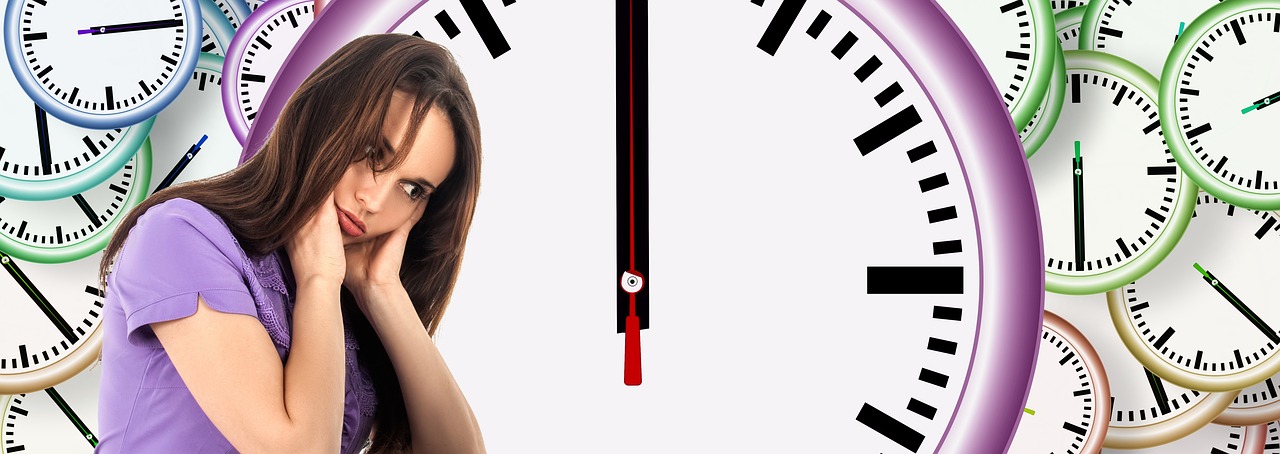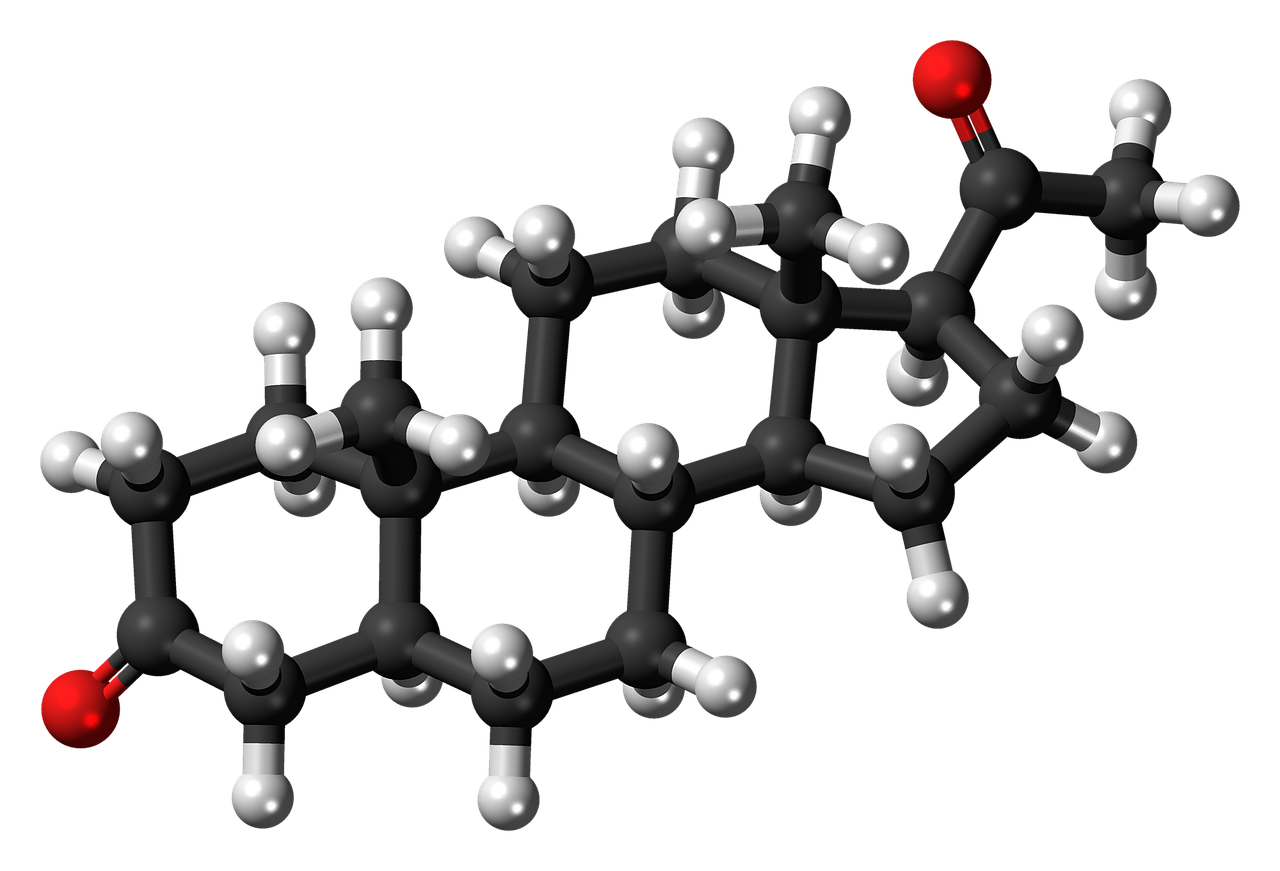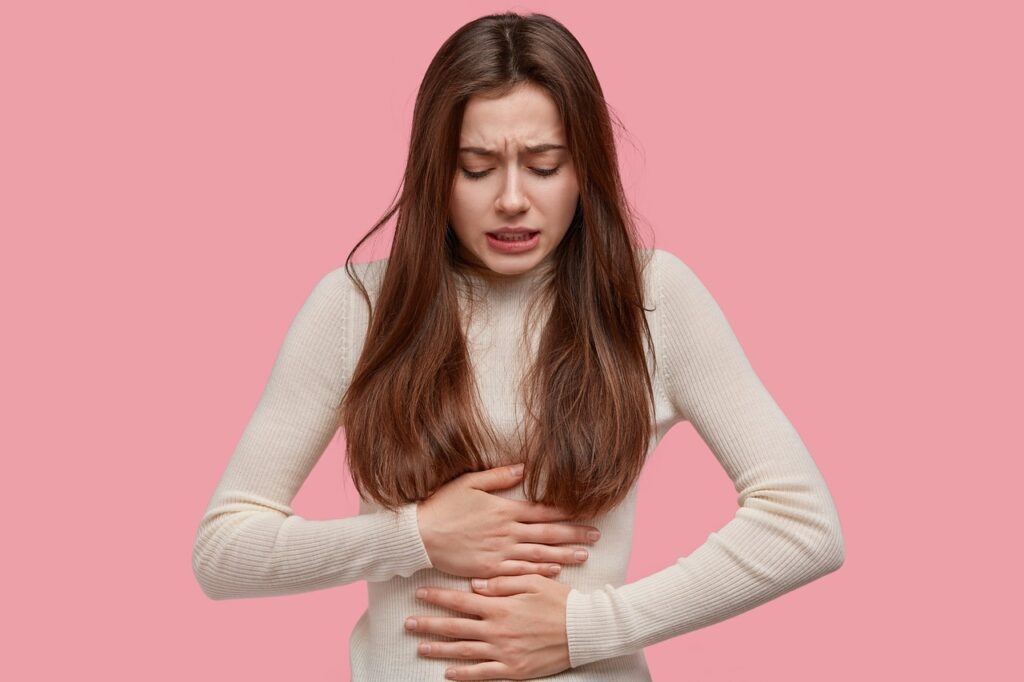The menstrual cycle starts when the female primates attain puberty. In humans, a typical menstrual cycle lasts between 24 and 38 days. The average span of the menstrual cycle in human beings is 28 days. A normal menstrual cycle after puberty indicates a healthy body status in the female. Stress and poor health conditions may disturb the menstrual cycle period.
During the menstrual cycle, women bleed by discharging menses(blood and other matter composed of tissues) from the uterus through the reproductive organ vagina.
In some women, menstruation might be painful (dysmenorrhea) in the abdomen and can extend to the thighs. Periods, bleeding, monthlies, discharge, and time of the month are general terms people use for the menstrual cycle.
What is a menstrual cycle?
The menstrual cycle is a natural process that occurs in female primates in a cyclic manner. Certain hormones influence it and the process begins when the primate attends puberty. Scientifically, the menstrual cycle is a part of the reproductive system that prepares the female’s body for pregnancy. In fact, when menstruation begins in the female after puberty, it indicates that the female is ready to reproduce new offspring.
 Image by Gerd Altmann from Pixabay
Image by Gerd Altmann from Pixabay
Female reproductive system
The female reprodu ctive system lies in the pelvic region and it consists of a pair of ovaries and oviducts, uterus, cervix, vagina, and external genitalia. The ovulation, fertilization, gestation, and birth occur in the pelvic region. The mammary gland located in the breasts also has a direct connection with these processes by releasing hormones.
Post-birth of the offspring, nourishment is done with the pair of milk-secreting organs called breasts.
What is gametogenesis?
Gametogenesis is a process in which human primary sex organs which are testicles in males and ovaries in females produce gametes that is sperms and ovum respectively.
Spermatogenesis and oogenesis are involuntary processes controlled by hormones that prepare the body for reproduction.
Hormones responsible for the menstrual cycle
Specific hormones regulate each activity in our body. The hormones responsible for the menstrual cycle in humans are the Luteinizing hormone(LH), Follicle-stimulating hormone(FSH), Estrogen, and progesterone.
Luteinizing and follicle-stimulating hormones released from the pituitary gland are responsible for ovulation and stimulate ovaries to produce estrogen and progesterone. Estrogen and progesterone are responsible for activating the uterus and breasts and overall regulating the menstrual process.
In the central region of our brain, a special structure called the hypothalamus communicates with the pituitary gland by releasing called gonadotropin(GnRH) hormone.
GnRH activates the pituitary gland to produce Follicle-stimulating hormone(FSH) and increase the estrogen level.
The ovary produces egg cells and hormones throughout its lifetime but these eggs die without maturing. During puberty when the level of FSH and LH is high, the egg cells begin to grow by developing follicles.
The actual amount of FSH and LH over a period of a month distinguished the four cycles of the menstrual cycle.
 Molecular representation of dihydro progesterone hormone
Molecular representation of dihydro progesterone hormone
Menstrual cycle phases
The menstrual cycle is divided into four phases, the duration ranges from 24 days to 38 days but on average it is 28 days. Multiple hormones are responsible for the menstrual cycle in humans. The menstrual cycle is divided into four phases as mentioned below
1. Menstruation
Menstruation is generally known as periods in which females menstruate by discharging blood and other materials(mucus) from the uterus lining. This happens for 3 to 5 days normally and can also extend up to 7 days. The blood vessels attached to the mucus result in blood flow.
Periods/menstruation only happen if the matured egg cell is not fertilized. If menstruation has not happened over the cycle it indicates the fertilization of egg cells with sperm cells, clearly indicating pregnancy.
2. The follicular phase
In the follicular phase, follicles grow on the surface of the ovary and mature to become Graafian follicles. The cells in the uterus grow by proliferation due to the hormones released by pituitary glands and ovaries.
The secretion of FSH and LH rises is high during this phase and is at its peak in the middle of the cycle that lies close to the 14th day of the menstrual cycle. FSH and LH stimulate follicular development.
The linings on the uterus thicken and the body prepares for pregnancy.
3. Ovulation
The high secretion of LH in the mid of the follicular phase fully matures and ruptures the Graafian follicle as a result release of the ovum takes place and the process is called ovulation.
In general terms, ovulation is the process of release of the ovum from the ovary to the fallopian tube. It takes place between the 14th to 28th day of the menstrual cycle. An egg cell survives only 12 to 24 hours after ovulation if it is not fertilized it starts dying.
4. The luteal phase
After ovulation, the lining of the uterus thickens due to the release of progesterone and a small amount of estrogen from the ovary. The Graafian follicle transforms into the corpus luteum which secretes progesterone hormone at large.
Progesterone is responsible for the formation and maintenance of the layer of tissue that lines the uterus called endometrium.
If the egg is not fertilized the corpus luteum dies, progesterone levels drop, the uterus lining sheds and the new cycle begins.
Symptoms of periods
When the menstrual cycle or periods begin in females, they experience certain psychological and biological changes and these include
- Mood changes
- Trouble sleeping
- Headache
- Food cravings
- Bloating
- Breast tenderness
- Acne
At what age menstruation starts and ends?
Periods usually begin at around the age of 12 to 13 on average in females, in some females this can be delayed by 2 to 3 years. It is a natural cyclic process that occurs continuously unless a female is pregnant, having health issues, any kind of stress, or attending menopause.
Normally periods ends between the age of 48 to 52 but can extend till 55 in some females depending upon the hormone production.
Reason for menstrual cycle irregularities
Irregular periods are caused due to changes in hormone levels unexpectedly, stress, certain health conditions, and medication effects. A normal period should occur at an interval of 28 days on average but an irregular period will be affected by less than or more than 1 week.
If you are experiencing irregular periods without getting pregnant, you should consult a doctor for counseling or diagnosis.
Menstrual Hygiene
Menstruation is a normal process in females but this makes some females worry due to a lack of knowledge on menstrual cycle and hygiene especially girls and women of rural areas.
May 28 is observed as Menstrual Hygiene Day to spread awareness of the importance of good menstrual hygiene management worldwide.
Good menstrual health and hygiene practices prevent infections to occur and spread, eliminate odors, and stay healthy and comfortable during menstruation.
Menstrual health can be maintained by taking enough rest and proper food whereas menstrual hygiene using menstrual products such as sanitary pads, tampons, menstrual cups, and period underwear that absorb blood/menses during menstrual discharge.
Reference to relevant resources:
https://www.ucsfhealth.org/education/the-menstrual-cycle
https://www.mayoclinic.org/healthy-lifestyle/womens-health/in-depth/menstrual-cycle/art-20047186
https://my.clevelandclinic.org/health/articles/10132-menstrual-cycle
https://www.unicef.org/wash/menstrual-hygiene
Useful Glossary –
- Dysmenorrhea – painful menstruation condition.
- Hormones – hormones are special chemicals secreted by glands and transported through the blood to reach specific cells/tissue to stimulate biological processes in the body.
- Spermatogenesis – the process of formation of male gamete(sperm).
- Oogenesis – the process of formation of female gamete(egg cells).
- Menopause – the period when the menstrual cycle completely ends.


Simple and Nice way to Explain 👌👌